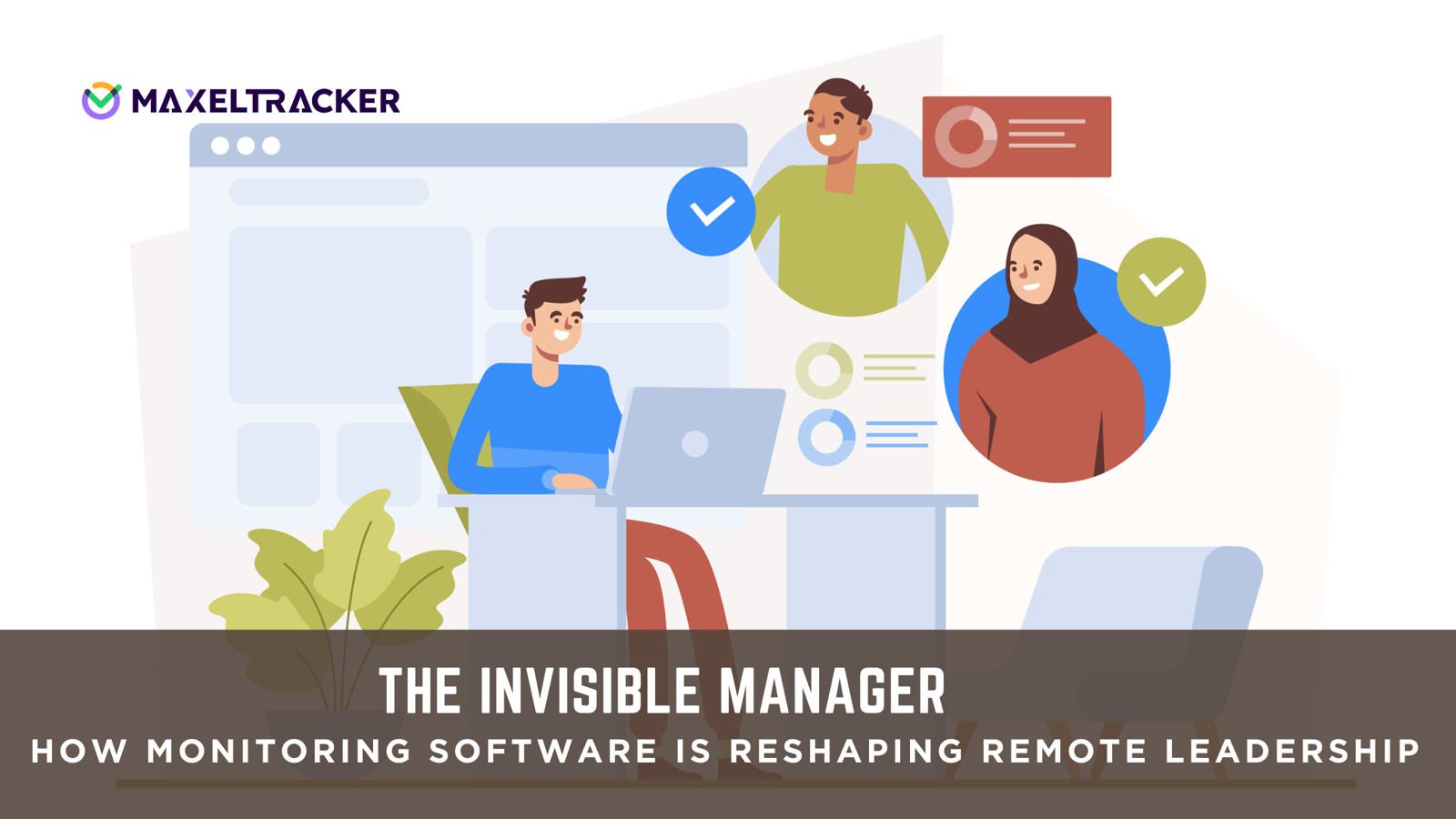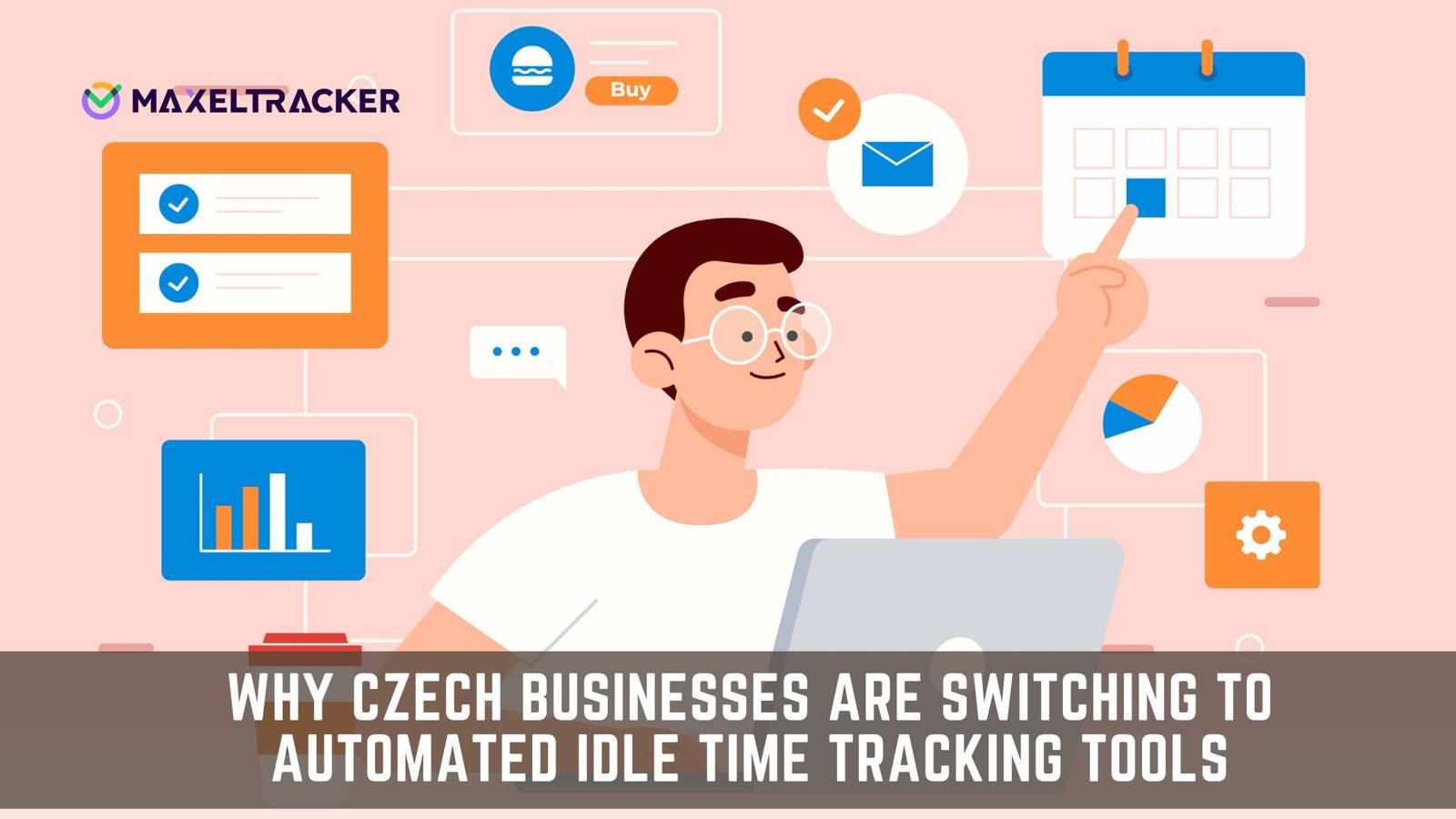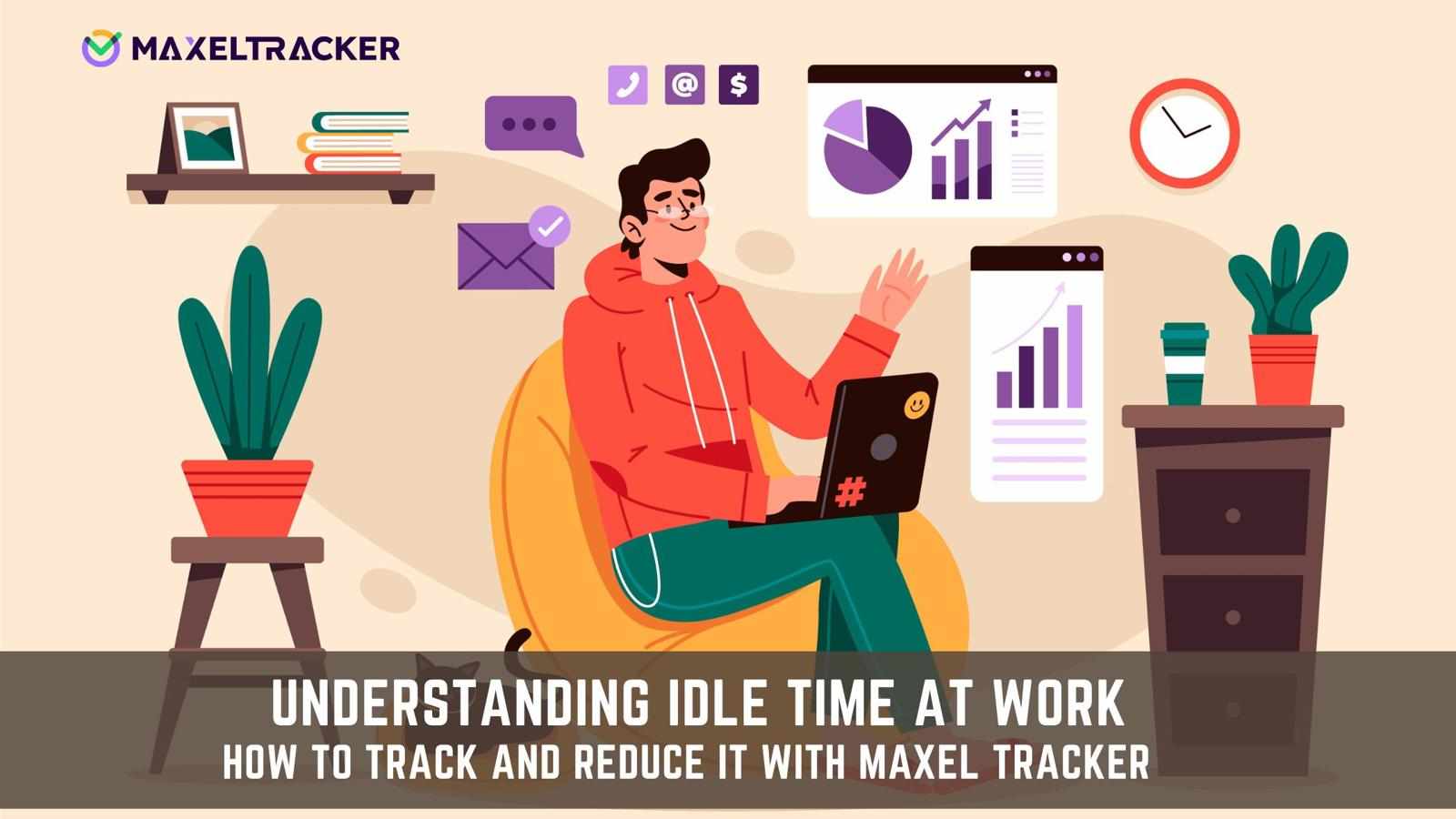
The rise of remote and hybrid work has changed the way leadership works. Managers can no longer show up to track progress, fix issues, or gauge team morale. They must adapt to leading from afar without micromanaging.
That’s where the invisible manager comes in: leaders who are deeply connected to their team’s work, not by hovering over desks but by using data, communication, and trust to steer outcomes,often supported by an employee-productivity-questionnaire.
They’re present in the results, the decisions, and the team culture, but not in the day to day interruptions. Technology, particularly remote employee monitoring software, has become the bridge between physical absence and active leadership. It gives real time visibility into workflows, productivity patterns, and potential roadblocks so managers can lead without being in the way of their team’s value.
The Shift from Presence-Based to Output-Based Leadership
For most of modern office history, productivity was measured by presence. If you were at your desk for the full workday, you were assumed to be delivering value. It was a simple formula and a broken one that relied on what managers could see rather than what employees actually did. Remote and hybrid work have made that approach obsolete. In these environments, leadership isn’t about counting hours; it’s about measuring impact. The best managers today focus on outcomes, meeting deadlines, hitting targets, and quality rather than whether someone is “online” from 9 to 5. And this shift is powered by a new tool: remote employee monitoring software. The result is a leadership style rooted in trust, data, and clarity that allows teams to excel while freeing managers from the outdated role of timekeeper.
Why Visibility Matters in Remote Teams?
Remote work provides an excellent balance of freedom and autonomy, but it comes with a hidden cost. Managers lose the quick, informal techniques of measuring success, identifying difficulties, and keeping objectives aligned when they are not in an office. This "productivity paradox" means that teams might be more independent but also risk alienation, wandering goals, and reduced accountability. That’s why visibility matters. It's not about peering over someone's shoulder; it's about everyone heading in the same direction, at the right speed, and with the right resources. Remote employee monitoring software gives you the activity insights to make this happen. Managers can observe where work is effective, where it isn't, and where assistance is required without micromanaging. When implemented correctly, visibility fosters a culture of clarity and trust. Teams know what’s expected, managers have the information to lead, and everyone can focus on delivering results instead of constantly proving they’re “online.”
How Remote Monitoring Software Supports Remote Leadership?
Remote Monitoring software isn’t just a management tool, it’s a leadership ally. It gives managers the visibility, data, and context to guide their teams without micromanaging. Here’s how it makes a difference:
1. Real-Time Activity Tracking
Instead of guessing or constant check-ins, managers can see work in progress. Real-time remote tracking gives a clear view of which tasks, apps, or projects are active, so you don’t have to interrupt team members to “get an update”.
2. Data-Driven Decision Making
With usage trends, time logs, and productivity metrics, managers can quickly identify bottlenecks or inefficiencies. This objective data replaces assumptions, helping leaders allocate resources, streamline workflows, and address issues before they snowball.
3. Workload Balancing
In distributed teams, overwork can go unnoticed. Overtime tracking software shows when employees are logging excessive hours or struggling to meet deadlines so managers can reassign tasks, protect well-being, and prevent burnout.
4. Patterns of Performance
Each team member naturally has periods of high and low productivity. Managers can increase productivity and worker satisfaction by analyzing activity patterns and allocating heavy-duty jobs during slower times and more focused ones during peak hours.
Can You Combine Insight and Emotional Intelligence?
Remote employee Monitoring software doesn’t just give you data; it frees you to focus on what humans do best: guiding, coaching, and connecting. These solutions eliminate the ongoing stress of "chasing work" by taking over basic task tracking and providing you with clear insights into workflows. You can spend less time wondering if tasks are being done and more time developing your team’s skills, nurturing career growth, and building a cohesive culture.
Being a leader in the modern era requires more than simply supervision; it now requires compassion, knowledge, and flexibility. When you combine technology and emotional intelligence, you can see data from a human point of view, discovering opportunities for mentorship, recognizing when someone is feeling overwhelmed, and recognizing achievements that could be missed by only looking at financial statistics.
Put differently, remote employee monitoring software enhances leadership rather than replaces it. It enables you to focus on the relationships, inspiration, and culture that truly drive long-term success by managing the technical aspects of work exposure.
What Does Remote Leadership Hold for the Future?
Technology is at the center of the rapid changes in how we manage remote teams. The integration of overtime tracking software with performance management and collaboration platforms is growing, resulting in smooth ecosystems that provide a comprehensive perspective of work.
Another revolutionary development is predictive analytics. You may predict workload challenges, identify bottlenecks, and take action before issues develop by analyzing patterns in real time.
This is changing what it means to be a manager. No longer just “task trackers,” they are becoming strategic enablers: guiding decision making, growing people, and unlocking the full potential of their teams. In the near future effective leadership will be less about oversight and more about insight, strategy, and empowerment.
Conclusion
Software for remote employee monitoring is about insight, not surveillance. While maintaining the autonomy that enables your teams to perform at their highest level, it provides you with the visibility you need to comprehend work patterns, eliminate roadblocks, and make wise decisions.
The invisible manager is strategically present but not always on alert. Transparency where it matters, help when it's required, and freedom where it counts are all achieved through the prudent use of data. You reinterpret leadership for the remote age in this way: efficient, sympathetic, and enabled by technology rather than limited by it.





Write a comment ...